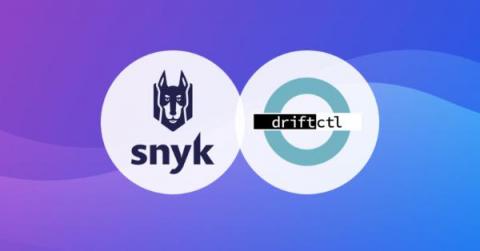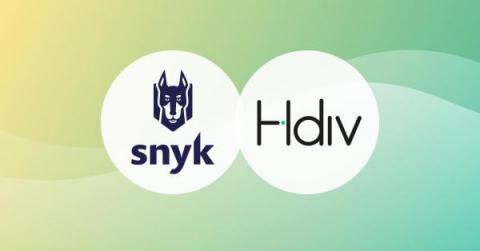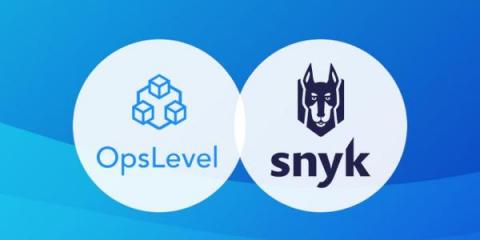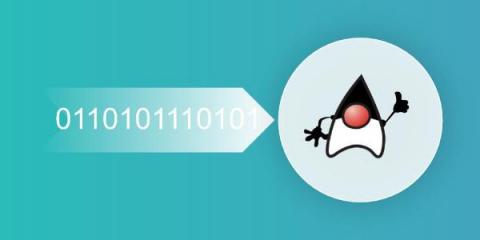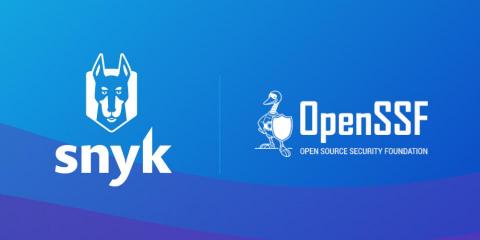How and when to use Docker labels / OCI container annotations
Most container images are built using Dockerfiles which contain combinations of instructions like FROM, RUN, COPY, ENTRYPOINT, etc. to build the layers of an OCI-compliant image. One instruction that is used surprisingly rarely, though, is LABEL. In this post, we’ll dig into labels (“annotations” in the OCI Image Specification) what they are, some standardized uses as well as some practices you can use to enhance your container security posture.




